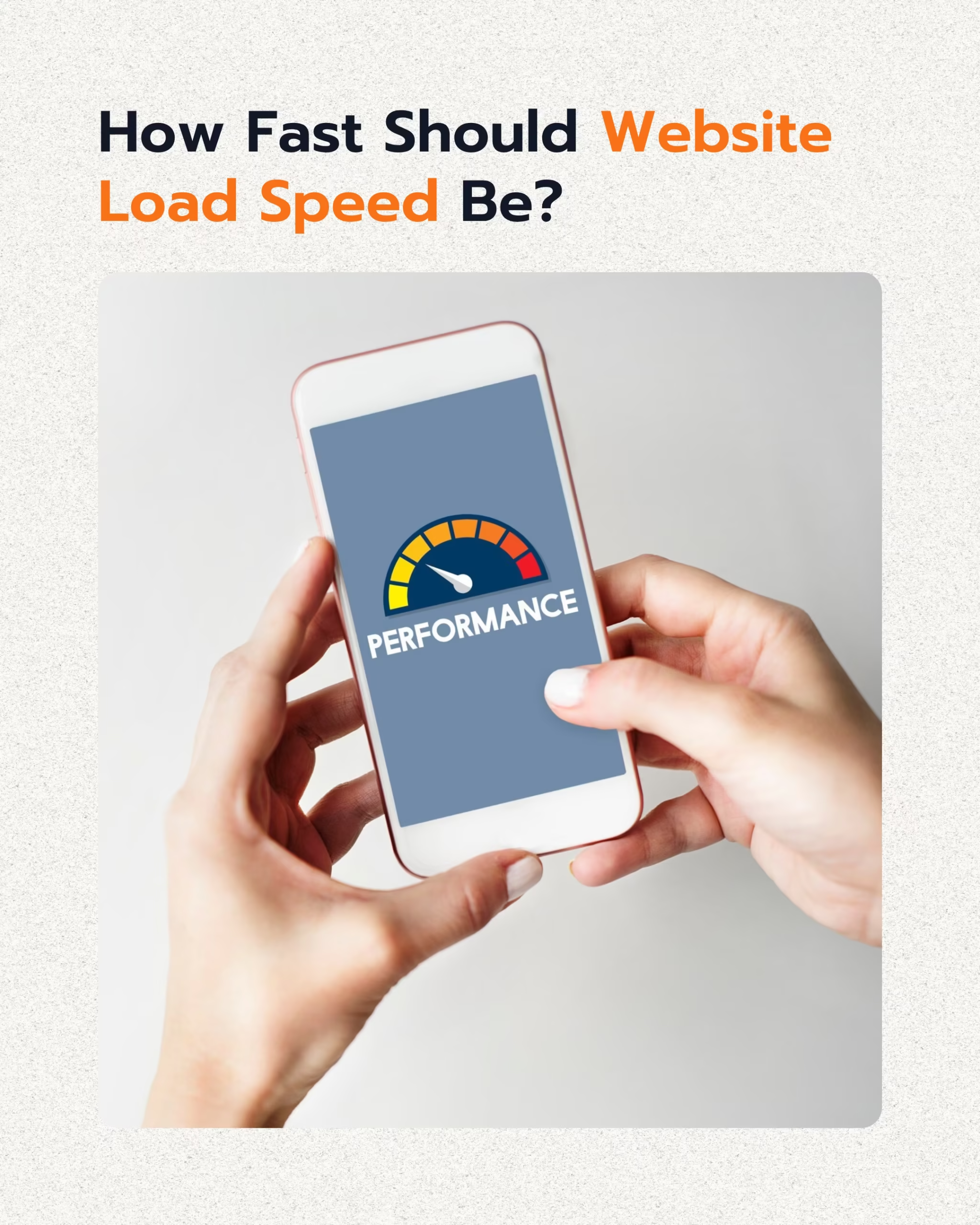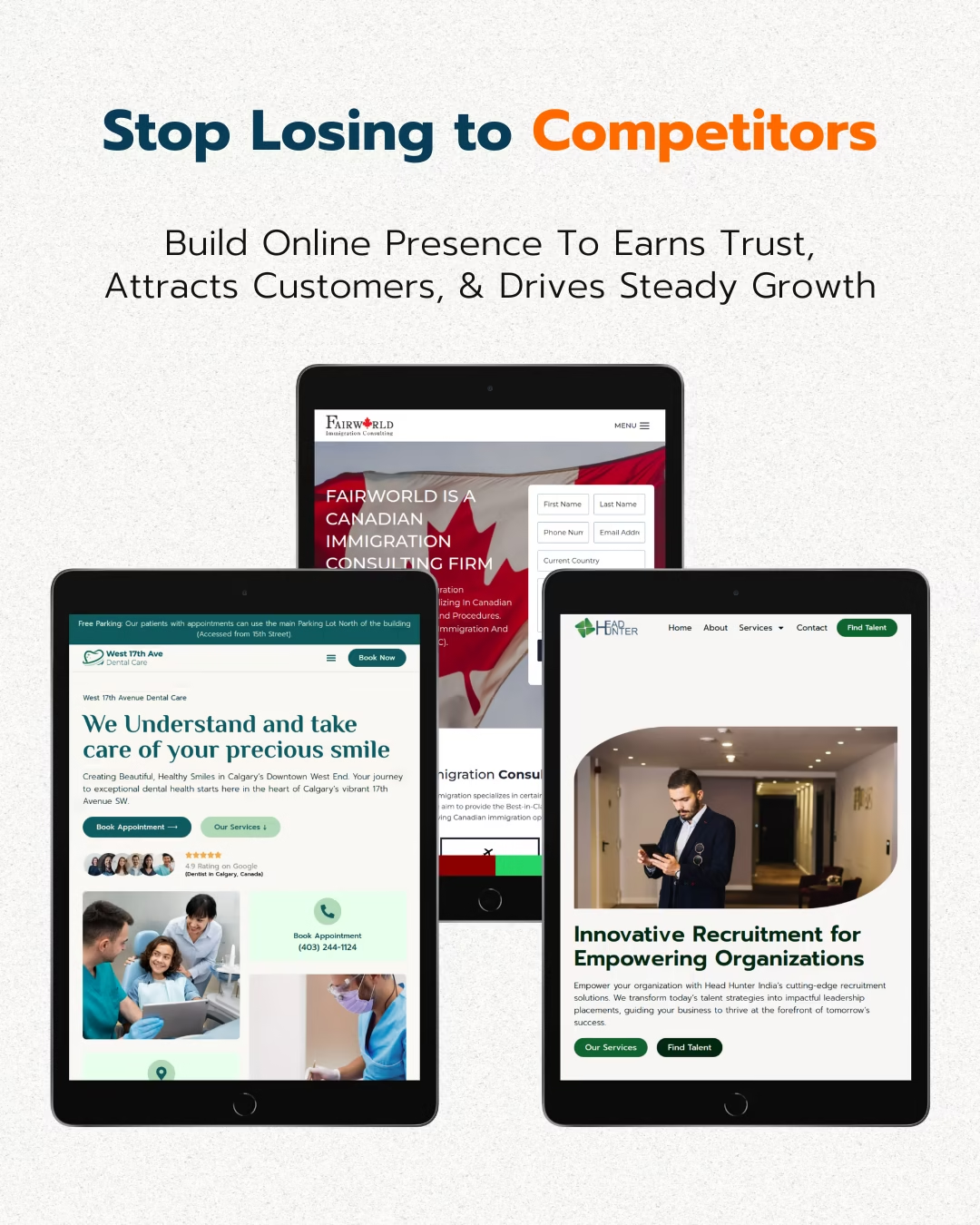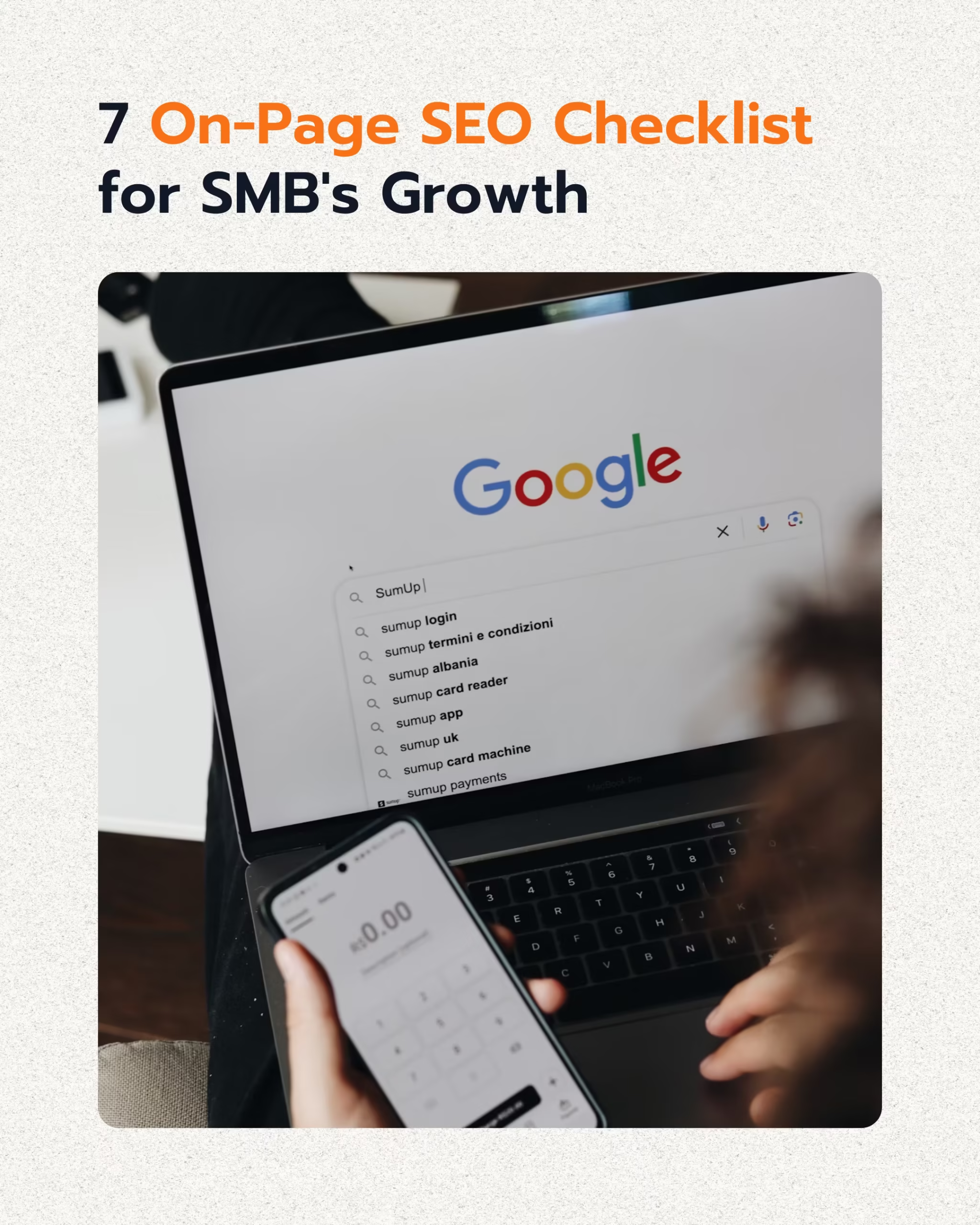Your website load speed directly influences user experience, conversion rates, and search engine visibility. A slow site frustrates visitors, drives them away, and hurts your business. Understanding how fast your website load is crucial for online success.
This guide explores why website performance matters, what constitutes an optimal load time, and practical steps to achieve it. We cover market data, core strategies, and real-world examples to help you optimize your site.
The Critical Impact of Website Load Speed
Website load speed is not just a technical detail; it is a fundamental aspect of your online presence. Visitors expect fast, seamless interactions. When a site lags, it creates a poor first impression, leading to immediate abandonment.

Why Website load Speed Matters for Your Business
Slow loading times directly affect user behavior and your business’s profitability. Over 53% of users abandon a website if it takes more than 3 seconds to load on mobile. This statistic highlights the narrow window you have to capture and retain visitor attention.
Key Areas Impacted by Website Speed
- User Retention: Fast sites keep visitors engaged longer, reducing bounce rates.
- Conversion Rates: Quicker loads mean more completed purchases, sign-ups, or inquiries.
- Search Engine Rankings: Google prioritizes fast-loading sites, giving them better visibility.
- Brand Perception: A fast website signals professionalism and reliability, building trust.
Understanding the Cost of Delay
Even small delays have significant financial consequences. Every 1-second delay in page load time results in approximately 7% loss in conversions overall. For an e-commerce business, this can translate into millions in lost revenue. This makes optimizing how fast should your website load a top priority.
Understanding Optimal Load Times
What constitutes a “fast” website has evolved. Today, user expectations and search engine algorithms demand sub-3-second load times, particularly on mobile devices. Knowing these benchmarks helps you set realistic goals.
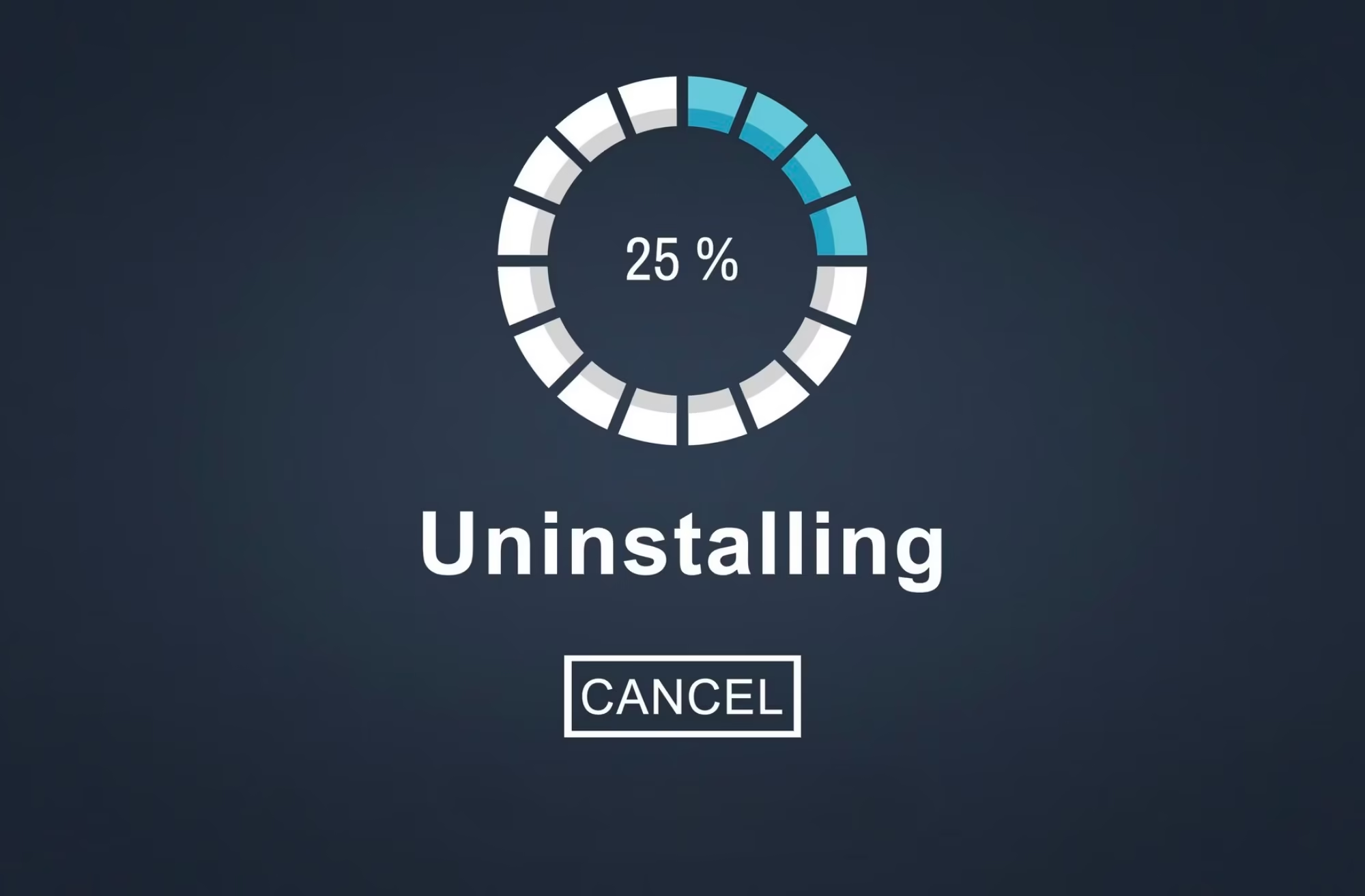
Current Industry Benchmarks
The average website loads in approximately 1.9 seconds on mobile and 1.7 seconds on desktop, according to Google CrUX data for 2025. However, top-performing sites often aim for even faster speeds.
Mobile vs. Desktop Performance
Mobile users are a significant segment, accounting for 68% of web traffic. Yet, mobile webpages load on average about 70% longer than desktop pages. This disparity means mobile optimization requires focused effort to ensure how fast should your website load for all users.
Industry-Specific Load Times
Load times vary by industry. Fashion websites, for example, are among the fastest, loading in about 1.1 seconds on desktop and 3.2 seconds on mobile. In contrast, recruitment sites can be much slower, with desktop times around 3 seconds and mobile extending up to 12.7 seconds. Your target speed should consider your specific industry context.
| Device Type | Average Load Time (seconds) | User Abandonment Threshold | Google LCP Target |
|---|---|---|---|
| Desktop | 1.7 – 2.8 | > 3 seconds | 2.5 seconds |
| Mobile | 1.9 – 8.6 | > 3 seconds | 2.5 seconds |
Speed and Its Effect on User Experience
A fast website creates a positive user experience, leading to higher engagement and satisfaction. Conversely, a slow site quickly leads to frustration and abandonment. This directly impacts how users perceive your brand.

The Psychology of Waiting
Users are impatient. Research shows that over half of mobile users will leave a site if it takes longer than 3 seconds to load. This is not just a preference; it is a hard psychological barrier. When your site loads quickly, it feels responsive and professional.
Impact on Bounce Rates
Bounce rates are a clear indicator of user satisfaction. Slower load times directly correlate with higher bounce rates. Average bounce rates are around 56.8% on mobile and 50% on desktop. Reducing load time is a primary strategy for lowering these rates.
How Speed Builds Trust
A fast, responsive website signals reliability and competence. Users trust sites that perform well. A sluggish site, on the other hand, can make visitors question its credibility or security. For a small business website, this trust is invaluable.
- First Impressions: A quick load creates a positive initial perception.
- Perceived Reliability: Fast sites feel more stable and trustworthy.
- Reduced Frustration: Eliminating wait times improves overall user mood.
- Professional Image: A high-performing site reflects well on your brand.
Conversion Rates and the Bottom Line
Website load speed directly impacts your business’s financial performance. Faster sites convert more visitors into customers, subscribers, or leads. This connection is clear and quantifiable.
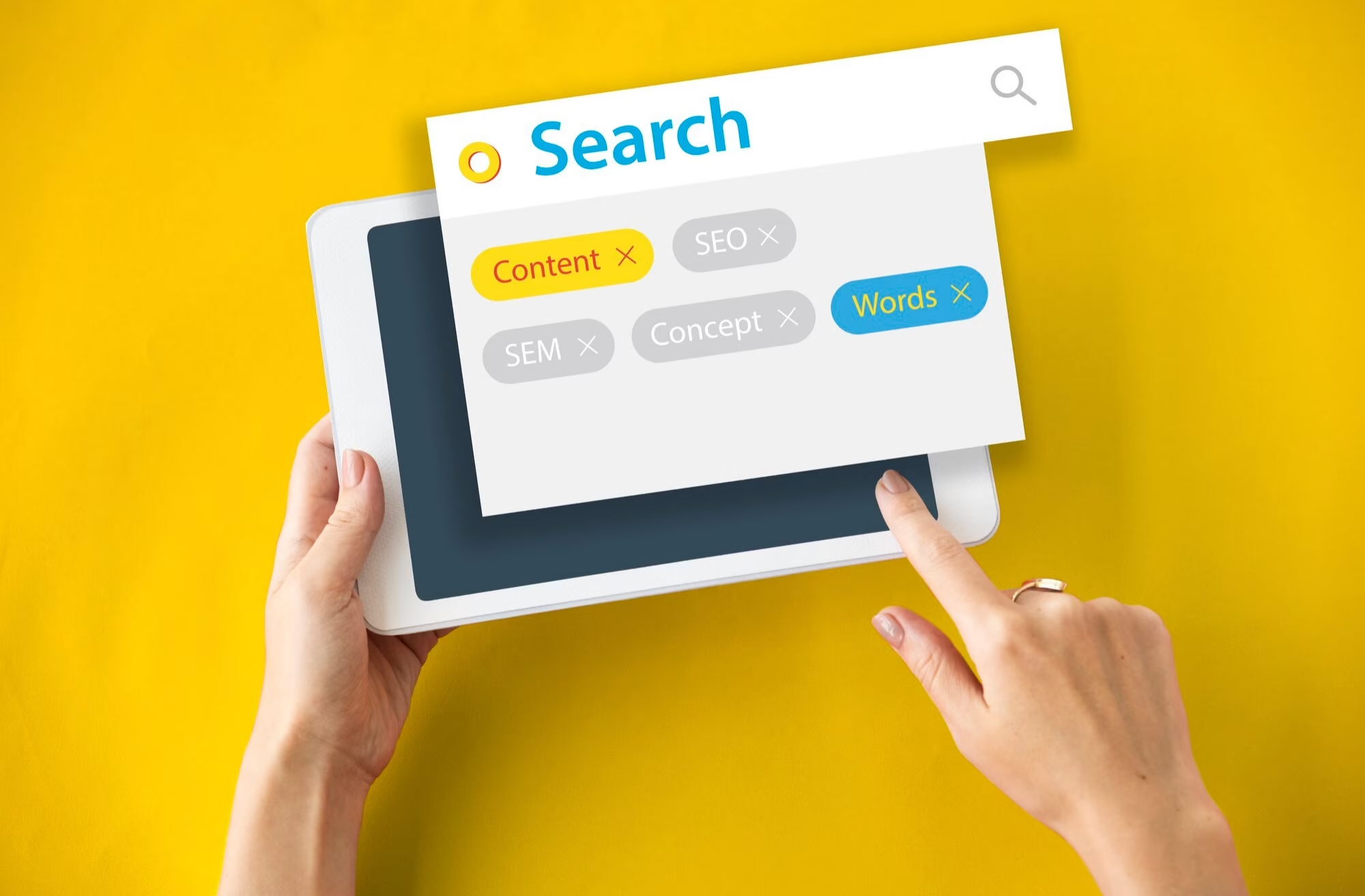
The Direct Link to Revenue
Every second counts when it comes to conversions. A 1-second load time is associated with 2.5 times higher conversion rates compared to 5-second loads in e-commerce. This shows the significant revenue potential tied to speed optimization.
Conversion Benefits by Industry
The benefits of speed extend across various sectors. In B2B contexts, sites loading in 1 second convert 3x to 5x better than those loading in 5 to 10 seconds. This demonstrates that regardless of your business model, speed is a conversion driver.
Quantifying the Financial Impact
For large e-commerce businesses, even marginal improvements in load time can mean millions in increased sales. This is why companies like Amazon have historically found that a 100ms delay cost 1% of sales. The financial implications of how fast should your website load are profound.
- Increased Sales: Faster pages lead to more completed transactions.
- Higher Lead Generation: Quick forms and pages encourage more sign-ups.
- Improved Ad Performance: Landing pages that load quickly reduce ad spend waste.
- Better Customer Lifetime Value: Positive experiences foster repeat business.
SEO Ranking Factors and Core Web Vitals
Google explicitly uses page speed as a ranking factor. Understanding and optimizing for Core Web Vitals is essential for improving your search engine visibility and ensuring your site performs well in search results.

Google’s Emphasis on Speed
Google’s algorithm prioritizes user experience, and speed is a cornerstone of that. Faster websites tend to rank higher in search results, giving them a competitive edge. This is particularly true for mobile-first indexing.
Core Web Vitals Explained
Core Web Vitals are a set of metrics that measure real-world user experience. They include:
- Largest Contentful Paint (LCP): Measures loading performance. Google recommends an LCP of 2.5 seconds or less for good performance.
- First Input Delay (FID): Measures interactivity. This should be 100 milliseconds or less.
- Cumulative Layout Shift (CLS): Measures visual stability. A CLS score of 0.1 or less is considered good.
About 53% of websites pass these essential metrics on desktop, with a slightly lower rate (~48%) on mobile. Meeting these targets is critical for SEO for small business.
Why Core Web Vitals Matter for SEO
Optimizing for Core Web Vitals not only improves search rankings but directly impacts user satisfaction. Google rewards sites that provide a superior experience, making these metrics a direct SEO ranking factor. Ensuring how fast should your website load according to these metrics is paramount.
Practical Strategies for Speed Optimization
Improving your website’s speed requires a systematic approach. Several key strategies can significantly reduce load times, enhancing both user experience and SEO.

Essential Optimization Techniques
- Optimize Images: Resize images to appropriate dimensions, use modern formats like WebP, and compress them without losing quality. This is one of the most effective ways to reduce page size.
- Minify Code: Remove unnecessary characters, spaces, and comments from your HTML, CSS, and JavaScript files. This reduces file size and speeds up parsing.
- Enable Compression: Use Gzip or Brotli compression to reduce the size of your web files (HTML, CSS, JS) before sending them to the browser. This can reduce download times by up to 70%.
- Leverage Browser Caching: Configure your server to tell browsers to store static elements (images, CSS, JS) locally. This significantly speeds up repeat visits for users.
- Use a Content Delivery Network (CDN): CDNs distribute your website’s content across multiple servers globally. When a user requests your site, content is served from the closest server, reducing latency.
Server-Side and Hosting Improvements
Your hosting environment plays a crucial role in website speed. Choosing a fast and reliable hosting provider is fundamental. Improving server response time through optimized back-end processes and efficient database queries also makes a difference.
- Upgrade Hosting: Move to a faster hosting plan or a dedicated server if your traffic demands it.
- Optimize Database: Regularly clean and optimize your database to ensure quick data retrieval.
- Reduce Server Requests: Consolidate CSS and JavaScript files to minimize the number of HTTP requests.
Continuous Monitoring and Testing Website Performance
Website performance is not a one-time fix. Regularly test your site’s speed using tools like Google PageSpeed Insights, GTmetrix, or Pingdom. Monitor Core Web Vitals and address any issues promptly. This iterative process ensures your site remains fast and responsive.
Case Studies in Speed Optimization
Real-world examples demonstrate the tangible benefits of prioritizing website load speed. Companies across various industries have seen significant improvements in user engagement and revenue by focusing on performance.




Success Stories from Industry Leaders
Companies like Amazon have long understood the financial impact of speed. Their early findings showed that a 100ms delay cost 1% of sales, highlighting the critical business importance of site speed. This insight drives continuous optimization efforts.
Transformative Results from Dedicated Efforts
Pfizer, in 2019, implemented a strict speed budget across its 15+ brand sites. This resulted in a 38% faster load time and a 20% reduction in bounce rate. This shows that organizational commitment to speed can yield substantial results.
TUI, a major travel company, achieved a 78% decrease in load time and a 31% bounce rate reduction through an organizational overhaul. This involved executive buy-in and cross-team collaboration to meet ambitious speed targets. These examples illustrate that how fast should your website load is a strategic business decision.
| Company | Speed Improvement | Key Business Metric Impact | Core Strategy |
|---|---|---|---|
| Pfizer | 38% faster load | 20% bounce rate reduction | Instituted speed budget for new features |
| TUI | 78% load time decrease | 31% bounce rate reduction | Organizational overhaul, cross-team collaboration |
| Amazon | 100ms delay avoided | 1% sales increase | Continuous optimization, direct revenue correlation |
Frequently Asked Questions (FAQ)
How fast should your website load for optimal user experience?
Your website should load in under 3 seconds for optimal user experience, especially on mobile devices. Over half of users abandon sites that take longer than this, directly impacting engagement and conversions.
What are Google’s recommended load time targets?
Google recommends a Largest Contentful Paint (LCP) of 2.5 seconds or less for good performance. This is a key metric within Core Web Vitals, which directly influences SEO rankings.
Why should a small business website prioritize load speed?
A small business website should prioritize load speed to reduce bounce rates, improve conversion rates, and enhance SEO. Faster sites build trust and provide a better first impression, which is crucial for attracting and retaining customers.
When to use a Content Delivery Network (CDN) for speed optimization?
Use a CDN when your audience is geographically dispersed or when you have a high volume of global traffic. CDNs deliver content from servers closest to your users, significantly reducing latency and improving load times.
How does image optimization impact website performance?
Image optimization is critical because images often account for the largest portion of a page’s size. By resizing, compressing, and using efficient formats, you reduce download times and improve overall page load speed.
What are the main benefits of minifying CSS and JavaScript files?
Minifying CSS and JavaScript files removes unnecessary characters like spaces and comments, reducing their file size. This leads to faster download times and quicker parsing by browsers, directly improving page load speed.
Can website speed affect my SEO for small business?
Yes, website speed is a direct SEO ranking factor, especially with Google’s Core Web Vitals. A faster site improves user experience metrics, which Google rewards with better search visibility, making it essential for small business SEO.
What is the difference between mobile and desktop load times?
Mobile webpages typically load significantly slower than desktop pages, often taking about 70% longer. This is due to varying network conditions and device processing power, making mobile optimization a distinct challenge.
How can I measure my website’s current load speed?
You can measure your website’s load speed using tools like Google PageSpeed Insights, GTmetrix, Pingdom, or WebPageTest. These tools provide detailed reports and actionable recommendations for improvement.
What role does hosting play in website performance?
Your hosting provider and plan significantly impact server response time, which is a critical component of overall website speed. Quality hosting ensures faster data delivery and better resource allocation, directly affecting how fast your website loads.
Are there specific tools to help optimize website speed?
Yes, several tools assist with speed optimization. These include image compression tools (TinyPNG), caching plugins (WP Rocket for WordPress), minification tools, and browser developer tools for performance analysis.
How often should I check my website’s load speed?
Regularly check your website’s load speed, ideally monthly or after any major website updates. Continuous monitoring helps identify performance regressions and ensures your site remains optimized over time.
Conclusion
Understanding how fast should your website load is not a luxury; it is a necessity for online success. Optimal load times, typically under 3 seconds, directly correlate with improved user experience, higher conversion rates, and better search engine rankings. By implementing practical strategies like image optimization, code minification, and leveraging CDNs, you can significantly enhance your site’s performance.
Prioritizing speed ensures your website remains competitive, builds user trust, and ultimately drives business growth. Invest in speed optimization to secure your online visibility and achieve your business objectives.

